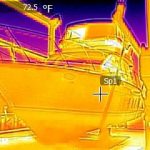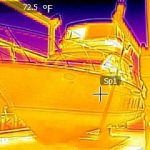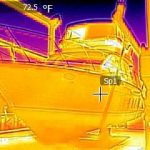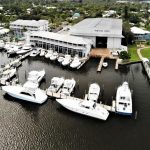 Marine Surveyor 33416 – What Are the Key Takeaways from a Marine Surveyor’s Assessment of Seacocks and Thru-Hull Valves?
Marine Surveyor 33416 – What Are the Key Takeaways from a Marine Surveyor’s Assessment of Seacocks and Thru-Hull Valves?
As a boat owner or prospective buyer, understanding the importance of a marine survey cannot be overstated. A thorough inspection by a qualified marine surveyor can uncover hidden issues that could potentially save you from expensive repairs down the line. Suncoast Marine Surveying, based in 33416, specializes in conducting comprehensive surveys to assess the condition of all components of a vessel, including seacocks and thru-hull valves.
Seacocks and thru-hull valves are critical components of a boat’s plumbing system, responsible for controlling water flow in and out of the vessel. These fittings are particularly vulnerable to corrosion and deterioration due to their constant exposure to seawater. During a marine survey, the surveyor will inspect these components closely to ensure they are functioning properly and are free from any signs of damage.
One of the key takeaways from a marine surveyor’s assessment of seacocks and thru-hull valves is the importance of regular maintenance. These fittings should be inspected annually and replaced every 5-7 years to prevent potential failure. Failure to address these issues can lead to flooding, sinking, or even loss of the vessel. Suncoast Marine Surveying recommends having a professional marine surveyor conduct a thorough inspection to identify any potential problems early on.
Another important takeaway is the need for proper installation and bedding of seacocks and thru-hull valves. Improper installation can lead to leaks, which can compromise the structural integrity of the hull. During a marine survey, the surveyor will check for any signs of inadequate installation, such as loose fasteners or improper sealant application. It is crucial to address these issues promptly to prevent water intrusion and subsequent damage to the vessel.
The marine surveyor will also assess the material composition of the seacocks and thru-hull valves. Bronze fittings are commonly used in marine applications due to their corrosion resistance properties. However, some older vessels may have fittings made from less durable materials, such as brass or aluminum, which are more susceptible to corrosion. The surveyor will evaluate the condition of these fittings and recommend replacement if necessary.
In conclusion, a marine surveyor’s assessment of seacocks and thru-hull valves is a critical component of a comprehensive vessel inspection. Regular maintenance, proper installation, and material composition are key factors that can affect the performance and longevity of these essential components. Suncoast Marine Surveying in 33416 emphasizes the importance of addressing any issues identified during the survey to ensure the safety and reliability of your vessel. Contact Marine Surveyor 33416 today for a professional assessment of your seacocks and thru-hull valves.r



 When it comes to ensuring the safety and integrity of a vessel, one of the most crucial aspects that a
When it comes to ensuring the safety and integrity of a vessel, one of the most crucial aspects that a  When it comes to maintaining the safety and integrity of a vessel, one of the most crucial aspects that a
When it comes to maintaining the safety and integrity of a vessel, one of the most crucial aspects that a  When it comes to ensuring the safety and integrity of a boat, one of the most critical aspects that is often overlooked is the condition of seacocks and thru-hull valves. As a professional
When it comes to ensuring the safety and integrity of a boat, one of the most critical aspects that is often overlooked is the condition of seacocks and thru-hull valves. As a professional 